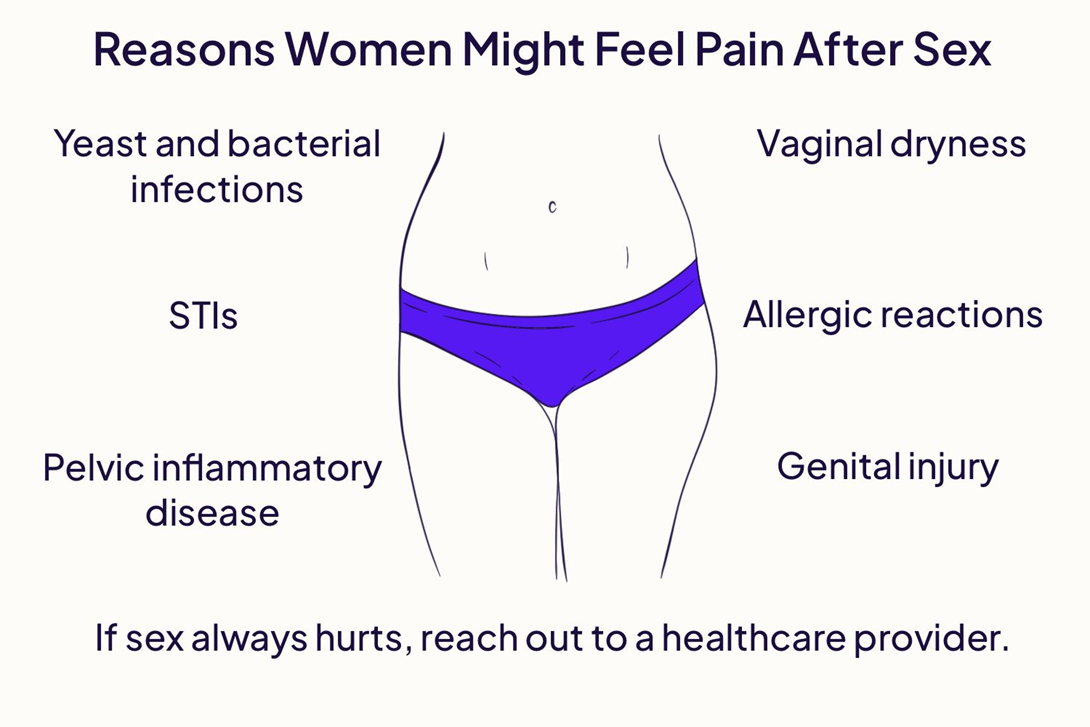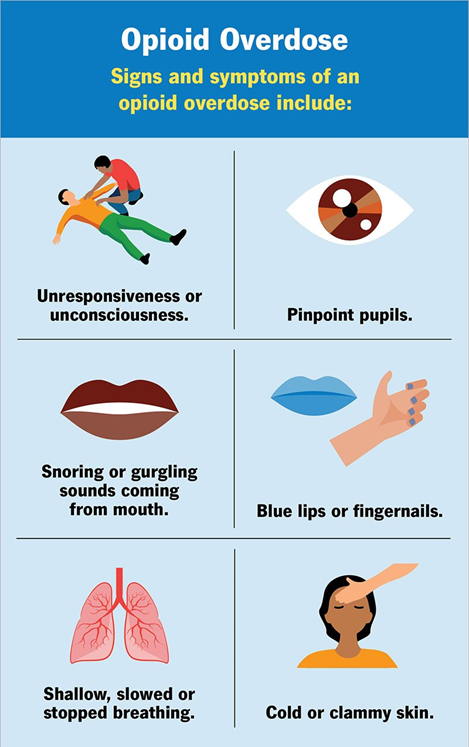A nurse is collecting data from a client who is 4 hr postoperative following abdominal surgery. The client's blood pressure is 90/60 mm Hg. Which of the following actions should the nurse take first?
Cover the client with a warm blanket.
Increase the IV fluid rate.
Reassure the client.
Compare the reading to the preoperative value.
The Correct Answer is D
Choice D: Comparing the reading to the preoperative value is the first action that the nurse should take because it can help determine if the client's blood pressure is normal for them or if it indicates hypotension, which can be a sign of hemorrhage, shock, or infection.
Choice a is not correct because covering the client with a warm blanket is not the first action that the nurse should take, but rather an intervention that can help prevent hypothermia and shivering, which can increase oxygen demand and blood loss.
Choice b is not correct because increasing the IV fluid rate is not the first action that the nurse should take, but rather an intervention that can help restore fluid volume and blood pressure, if indicated by other data and prescribed by the provider.
Choice c is not correct because reassuring the client is not the first action that the nurse should take, but rather an intervention that can help reduce anxiety and stress, which can affect blood pressure and heart rate.
Nursing Test Bank
Naxlex Comprehensive Predictor Exams
Related Questions
Correct Answer is A
Explanation
Choice A reason: Urinating before and after sexual intercourse can help flush out any bacteria that may have entered the urinary tract during sexual activity, and prevent them from causing an infection.

Choice B reason: Increasing milk consumption to make the urine more alkaline is not a recommended instruction, as it may increase the risk of developing kidney stones or calcium deposits in the urinary tract.
Choice C reason: Emptying the bladder at least every 4 hours is a good practice, but not sufficient to prevent urinary tract infections. The nurse should also advise the client to drink plenty of fluids, especially water, to dilute the urine and flush out bacteria.
Choice D reason: Using vaginal douche once a week is not a recommended instruction, as it may alter the normal flora of the vagina and increase the risk of infection. The nurse should advise the client to avoid using any products that may irritate the genital area, such as perfumed soaps, sprays, or powders.
Choice E reason: Drinking cranberry juice daily is not a proven method to prevent urinary tract infections, although some studies suggest that it may have some benefits. The nurse should inform the client that cranberry juice may interact with some medications, such as warfarin, and that it may also increase the acidity of the urine, which can cause discomfort or burning sensation.
Correct Answer is B
Explanation
Choice A reason: Pupillary dilation is not a sign of opioid toxicity, but rather of opioid withdrawal or stimulant overdose. Opioid toxicity causes pupillary constriction or miosis.
Choice B reason: Hypotension is a sign of opioid toxicity sign of opioid toxicity, as opioids can depress the central nervous system and reduce cardiac output and peripheral resistance.
Choice C reason: Chest pain is not a sign of opioid toxicity, but rather of cardiac ischemia or infarction, which can be caused by cocaine or other stimulants.
Choice D reason: Diaphoresis is not a sign of opioid toxicity, but rather of opioid withdrawal or hyperthermia, which can be caused by ecstasy or other stimulants.

Whether you are a student looking to ace your exams or a practicing nurse seeking to enhance your expertise , our nursing education contents will empower you with the confidence and competence to make a difference in the lives of patients and become a respected leader in the healthcare field.
Visit Naxlex, invest in your future and unlock endless possibilities with our unparalleled nursing education contents today
Report Wrong Answer on the Current Question
Do you disagree with the answer? If yes, what is your expected answer? Explain.
Kindly be descriptive with the issue you are facing.
